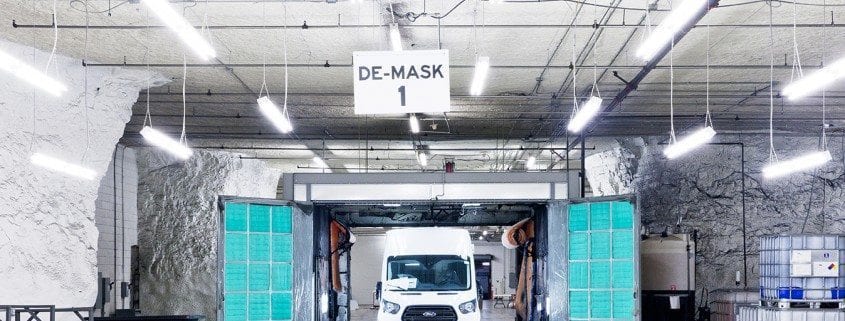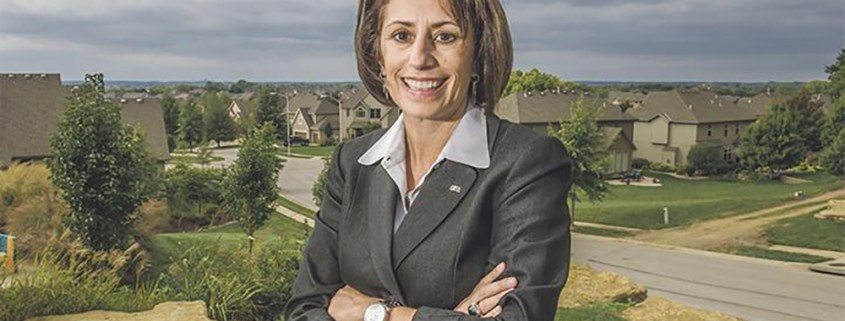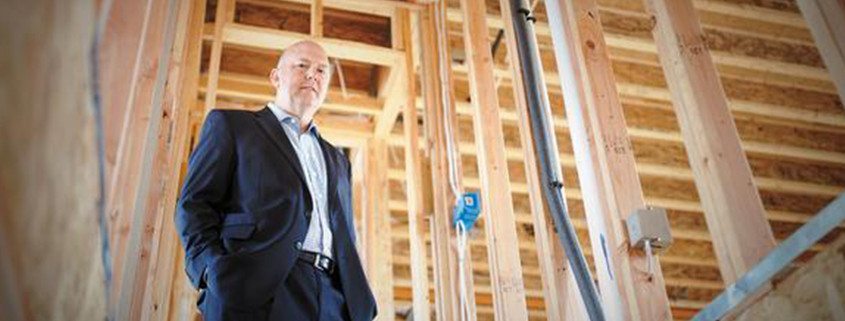Welcome to SubTropolis: The Massive Business Complex Buried Under Kansas City
More than 1,000 people spend their workdays in SubTropolis, an industrial park housed in an excavated mine the size of 140 football fields
By Patrick Clark, February 4, 2015
About 10 percent of Kansas City’s commercial real estate is underground, says Ora Reynolds, president of SubTropolis landlord Hunt Midwest. Landlords have made a cottage industry out of underground industrial space, thanks to rock formations near the Missouri River that allow trucks to drive into the old mines instead of tenants needing to use elevators to get things in and out.
The underground industrial park known as SubTroplis opened for business in 1964 in an excavated mine below Kansas City, Mo., attracting tenants with the lure of lower energy costs and cheap rents. The walls, carved out of 270-million-year-old limestone deposits, help keep humidity low and temperatures at a constant 68 degrees, eliminating the need for air conditioning or heating. Tenants have reported saving as much as 70 percent on their energy bills, says Ora Reynolds, president of SubTropolis landlord Hunt Midwest. Rents run about $2.25 per square foot, about half the going rate on the surface. “It’s also a question of sustainability,” says Joe Paris, vice president at Paris Brothers, a specialty foods packager that employs about 200 workers underground. In addition to Paris Brothers, 51 tenants have rented nearly 6 million square feet of space. Others include LightEdge Solutions, a cloud computing company that uses the mild climate to help cool servers, and an underground archive that contains the original film reels to Gone with the Wind and Wizard of Oz. Go to Bloomberg.com for more…





